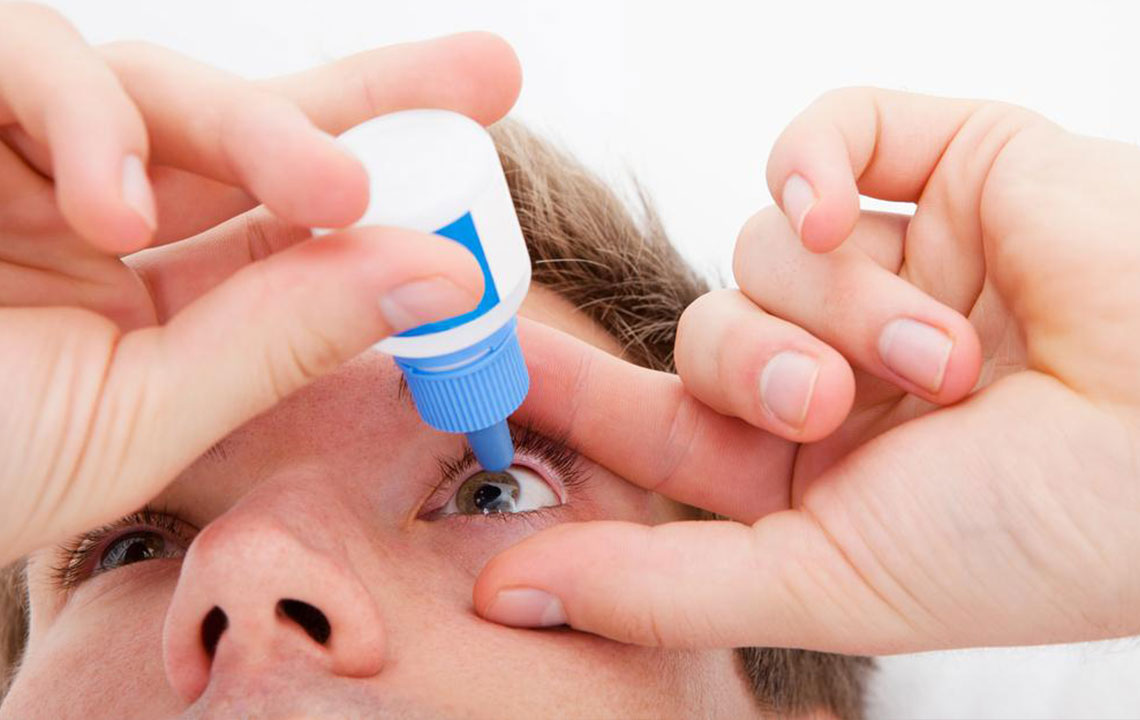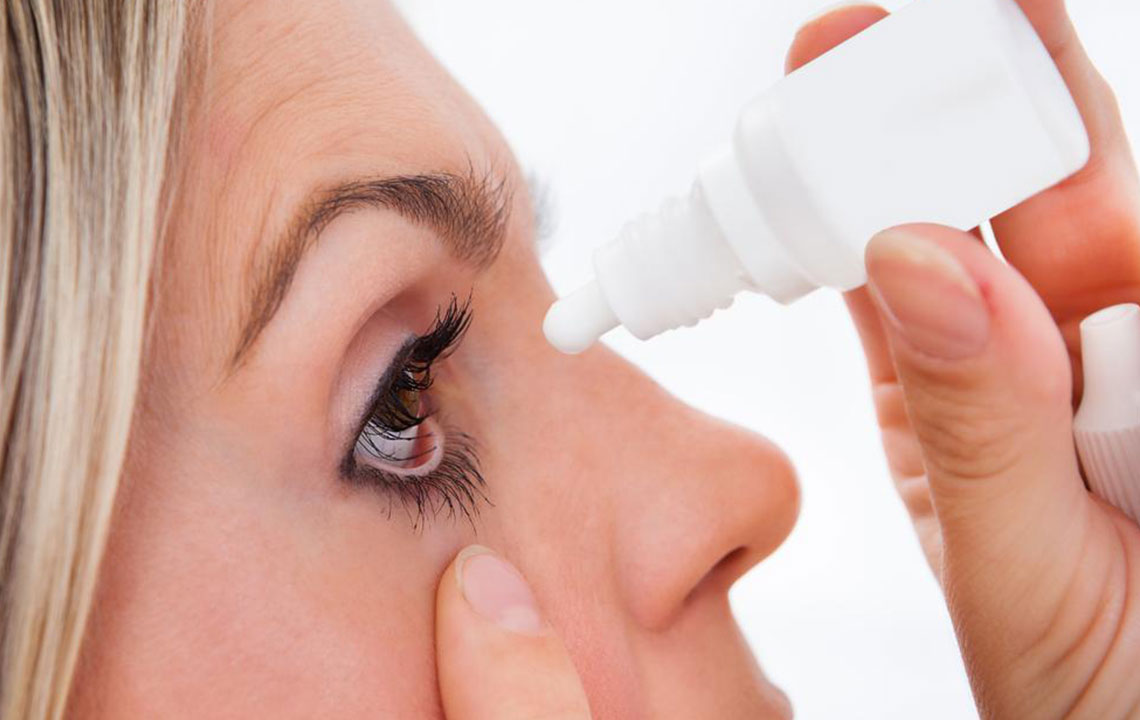Comprehensive Strategies for Effective Management of Dry Eye Disease
Dry eye disease affects millions, causing discomfort and potential vision issues. Recent advances like Xiidra offer promising, safe, and effective treatment options by targeting ocular inflammation. This comprehensive guide explores current treatments, the benefits of Xiidra, and strategies for optimal management, aiming to improve patient quality of life with minimal side effects.

Comprehensive Strategies for Effective Management of Dry Eye Disease
Dry eye disease (DED) is a prevalent chronic eye condition characterized by insufficient tear production or poor tear quality, leading to persistent eye discomfort, visual disturbances, and potential damage to the ocular surface. This condition affects millions of individuals worldwide, significantly impacting their quality of life, daily activities, and overall eye health. Understanding the causes, symptoms, and current treatment options for dry eye disease is crucial for effective management and improving patient outcomes.
Understanding Dry Eye Disease
Dry eye disease results from an imbalance in tear production and evaporation, creating a condition commonly termed keratoconjunctivitis sicca. Tears play an essential role in lubricating the eye surface, delivering nutrients, flushing out debris, and providing antimicrobial protection. When tear production decreases or tears evaporate too quickly, the cornea and conjunctiva become dry and inflamed.
Multiple factors contribute to DED, including aging, hormonal changes, environmental exposures (such as wind, smoke, and screen time), certain medications, and underlying health conditions like autoimmune diseases. Recognizing these factors helps tailor treatment approaches for individual patients.
Effective treatments for dry eye disease aim to restore tear stability, reduce inflammation, and improve eye comfort. Among these, recent advancements have introduced new therapeutic options designed to offer better symptom relief with minimal side effects.
Innovations in Treatment: The Role of Xiidra
In the landscape of dry eye management, Xiidra has emerged as a groundbreaking medication approved by the Food and Drug Administration (FDA). It represents a significant advancement over traditional treatments like Restasis, offering enhanced efficacy and safety. Although still pending market release, Xiidra has garnered attention for its promising results in both clinical trials and early usage.
Historically, Restasis has been the gold standard for treating chronic dry eye, especially in cases linked to autoimmune conditions such as Sjögren’s syndrome. However, Xiidra introduces a novel mechanism of action, targeting inflammatory pathways more precisely, which translates into faster symptom relief and better long-term management.
Why is Xiidra regarded as a superior option?
Xiidra stands out due to its targeted approach to inflammation control, addressing both the signs and symptoms of dry eye disease. Unlike some treatments that merely increase tear volume, Xiidra modulates the immune response to reduce ocular surface inflammation effectively. Patients often experience notable improvements in discomfort, redness, and dryness without significant side effects.
This medication's safety profile is another compelling advantage. It does not impair the body’s immune defenses, making it a suitable option for long-term use without compromising overall immune health. Its minimal adverse effects and high efficacy make Xiidra one of the most promising developments in dry eye therapy in recent years.
Other Available Treatments for Dry Eye Disease
While Xiidra is gaining recognition, several other treatments are commonly used to manage dry eye symptoms effectively:
Medications that reduce eyelid inflammation, which can improve tear film quality and decrease irritation, but some may cause mild side effects like blurred vision or burning sensation.
Agents that stimulate natural tear production, such as secretagogues, are effective especially when tear volume is significantly reduced. These medications can enhance tear secretion by acting on the lacrimal glands.
Anti-inflammatory eye drops aimed at controlling corneal and conjunctival inflammation. Some of these drops may mildly suppress local immune responses but are generally safe when used under medical supervision.
Despite the array of treatment options, Xiidra’s targeted mechanism and minimal side effects position it as a leading choice among clinicians and patients. Its ability to effectively address the inflammatory component of dry eye provides a comprehensive approach to management.
In conclusion, the management of dry eye disease has evolved significantly with the advent of targeted therapies like Xiidra. Patients and healthcare providers now have access to safer, more effective options that improve quality of life and minimize adverse effects. Personalized treatment plans incorporating lifestyle modifications, environmental adjustments, and advanced medications can help patients regain comfortable and healthy vision.





